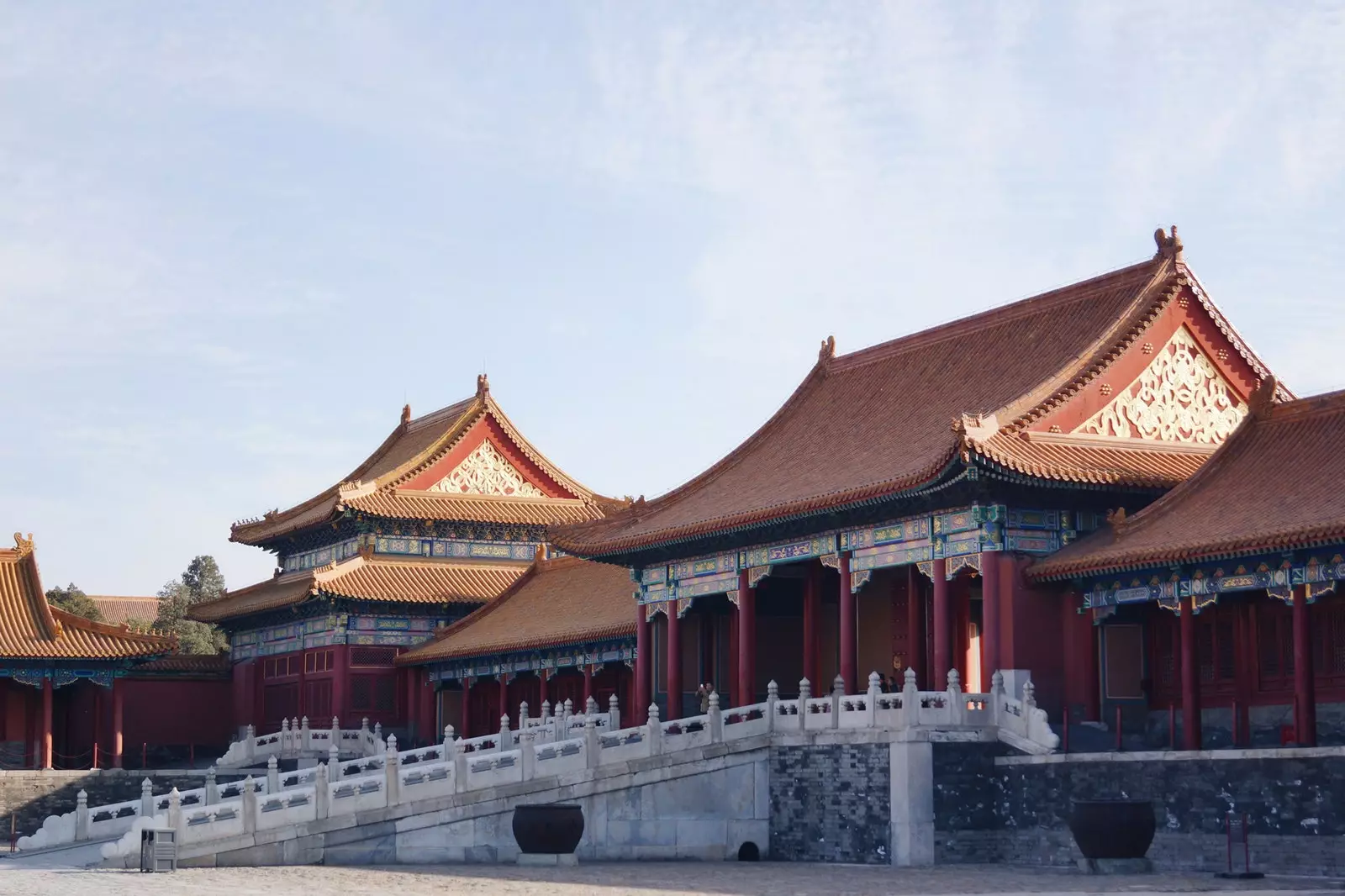
This new book shows the different nuances of the Forbidden City
The Yongle Emperor, the third of the ming dynasty , he began to erect from 1406, together with engineers, architects, artisans and countless slaves, what would later become one of the most complex structures in all of history. The Forbidden City A UNESCO World Heritage Site since 1987, it was home to the center of power of the Ming and Qing dynasties. Currently, it also compiles an extensive record on China's past. Forbidden City: The Palace at the Heart of Chinese Culture , the last book of Assouline written by Ian Johnson , supposes a complete immersion in that enigmatic and legendary Forbidden City.
On the occasion of the celebration of the 600th anniversary of the end of the construction of the forbidden city , the publisher's launch reveres the history and events that took place there over the last six centuries, fueling the reader's imagination through endless photographs, works of art and historical artifacts reflecting the splendor of China's imperial culture.
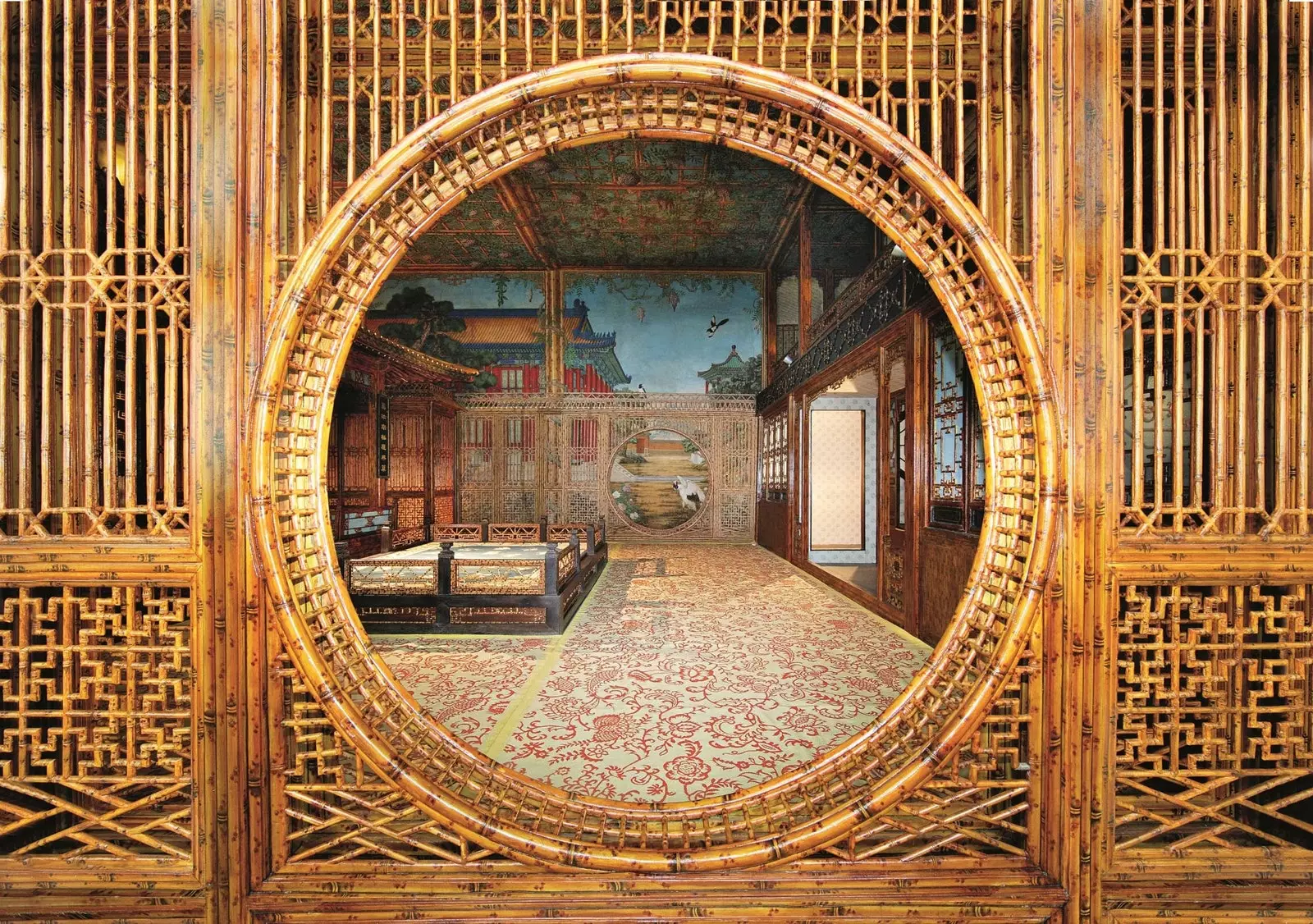
Interior of Juanqinzhai after restoration in 2008
The foreword, written by chen lyusheng , deputy director of National Museum of China , anticipates the wealth that each one of the chapters brings, in addition to emphasizing the virtue of the city by protect and display cultural heritage , which includes everything from ancient temples to magnificent fortifications.
THE NUANCES OF THE FORBIDDEN CITY
Ian Johnson , the author of Forbidden City: The Palace at the Heart of Chinese Culture , he began to show an interest in China in the early 1980s, something that has led him to study the language and culture of the Asian country at university. Even so, what catapulted the fans of the Pulitzer Prize-winning writer for International Journalism , was his first visit there in 1984. "At the time, the Forbidden City was in poor condition. That was just eight years after the Cultural Revolution had ended, and for much of the previous four decades, the museum had been closed." as many parts were falling off.But also I was surprised that it was still standing, despite the wars and riots of the previous century . So, I knew I wanted to learn more about the place and the city it's in."
Through an innate curiosity and guided on more than one occasion by his friend Wang Jun , Ian Johnson dedicated himself to exploring every nook and cranny of the city. This one was born back in 1406 under the Yongle Emperor and, though in the process he nearly wiped out the wealth of the Ming dynasty, the purpose of replicating beijing on a considerably larger scale than back then, it undoubtedly came true.
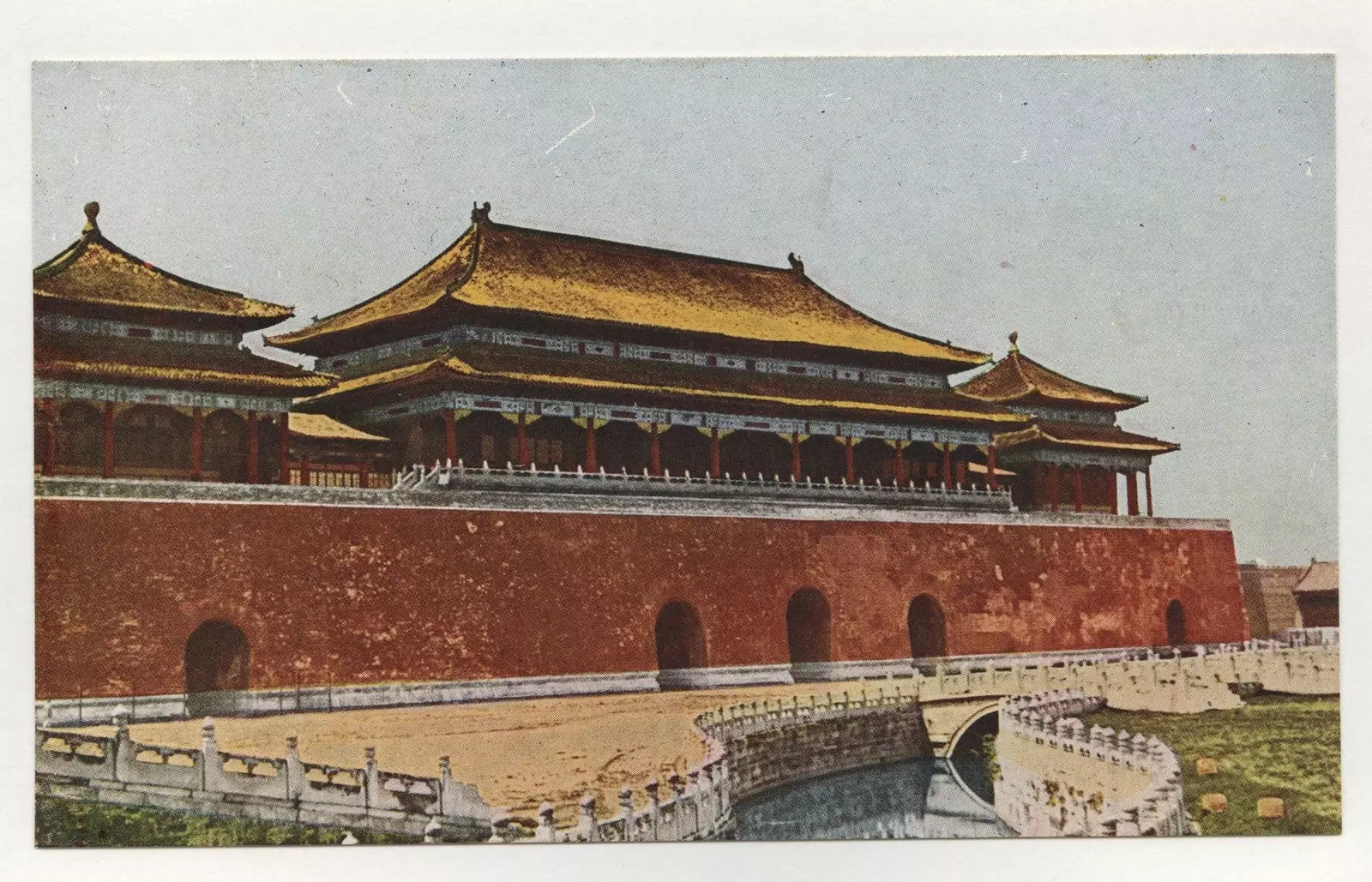
Another angle of the Meridian Gate (Wumen in Chinese), Forbidden City
Exquisite descriptions, comments from writers who visited the area in the last century and minute details that pay attention to the author's observations converge in the Assouline's new book , a magnificent story that is determined to establish, fragment after fragment, the concept that the mythical Forbidden City continues to have a very current imprint.
"Technically, of course, it's not the center of the country (that could be a place of power, like the Zhongnanhai Garden Complex located west of the Forbidden City). But definitely remains the symbolic country and the cultural heart . For a long time it was inactive; however, now the vast majority of the buildings are open to the public and has taken on a new vitality that didn't exist even a decade ago" , tells Ian Johnson to Traveler.es.
Immersing ourselves in history and pointing out graphic details, the recent release not only refers to the grandiloquence of the venue, it also shows other nuances that have been mentioned by personalities such as the architect Liang Sicheng: "A grand plan on the grandest scale, so rigid that there is a uniformity that no modern totalitarian state could achieve" ; and authors like Franz Kafka, who although he never got to visit the country in question, translated those walls and corridors into a great accumulation of anguish, malice and enmity.
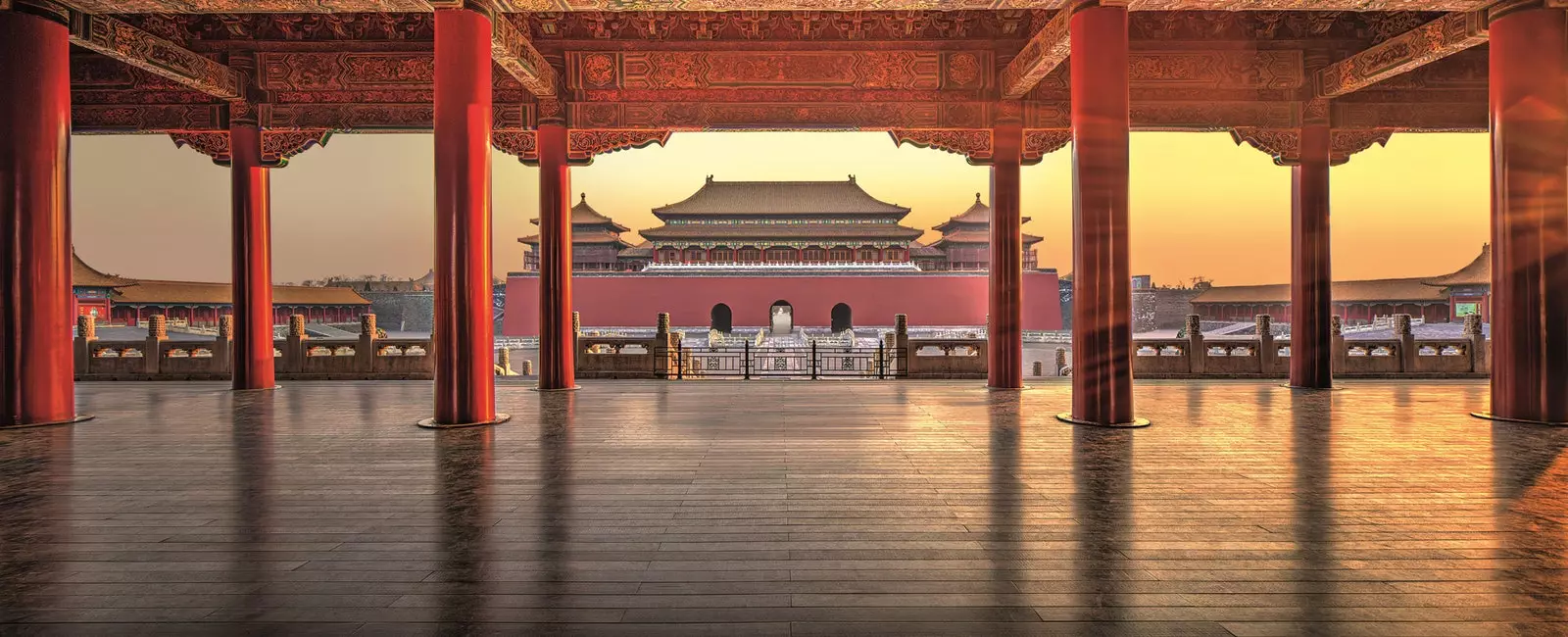
This structure is the tallest building in the Forbidden City
Between temples, palaces, gardens and vast objects such as porcelain vases, ornate furniture, bronze bathtubs, imperial thrones and "roof jockeys" -the artifact that caught the author's attention-, the Forbidden City located in the heart of Beijing concentrates the artistic heyday of the Ming and Qing dynasties.
Presented in a majestic box and with the addition of a map of the grounds of the Forbidden City, the book Forbidden City: The Palace at the Heart of Chinese Culture "It shows the depth and complexity of the Chinese cosmological world. Like in a cathedral, everything shines, and everything has a symbolic meaning. The difference is that it is a small city and not just a place of worship. So it is infinitely complex, like a painting in which you can enter and never leave", concludes the author.
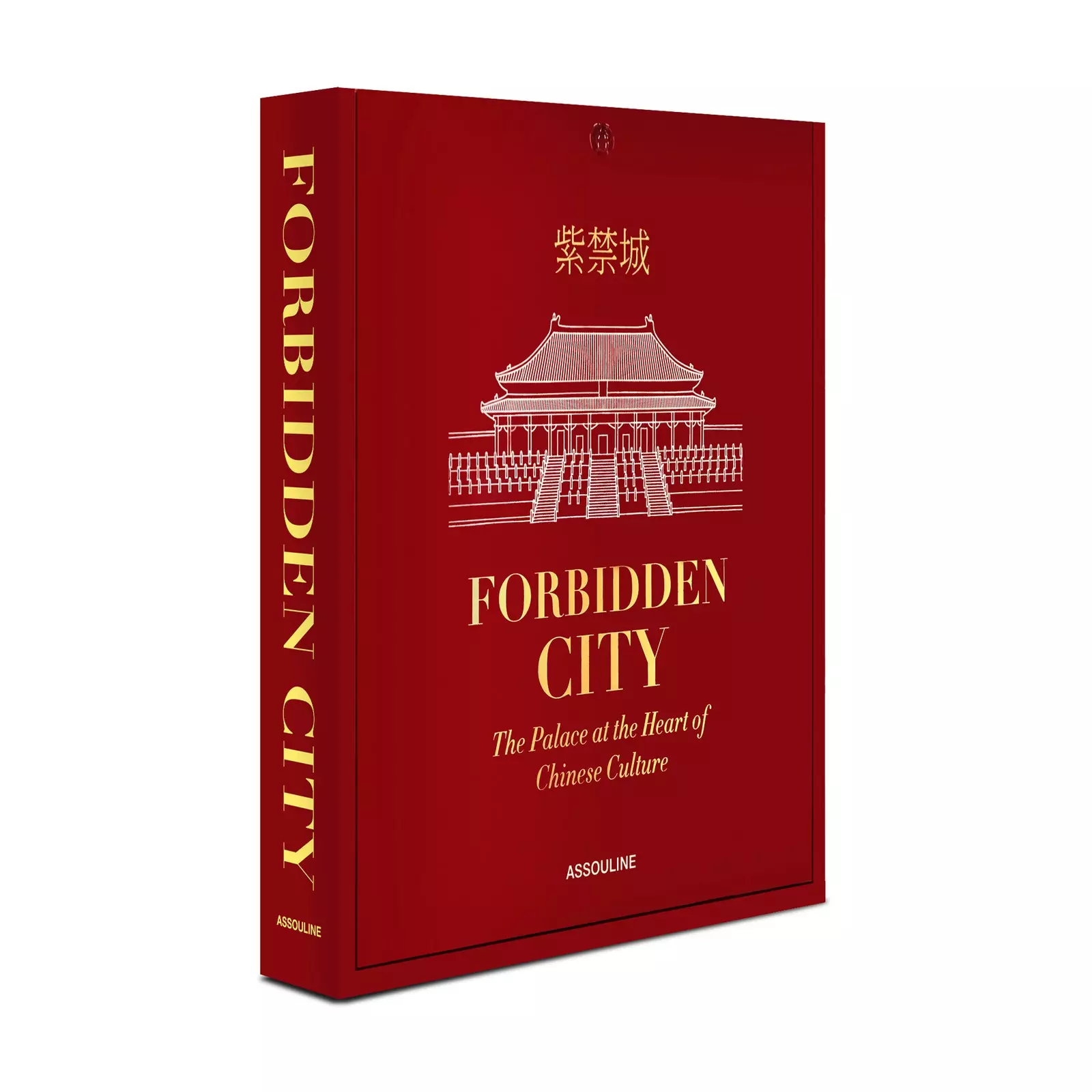
Forbidden City: The Palace at the Heart of Chinese Culture
